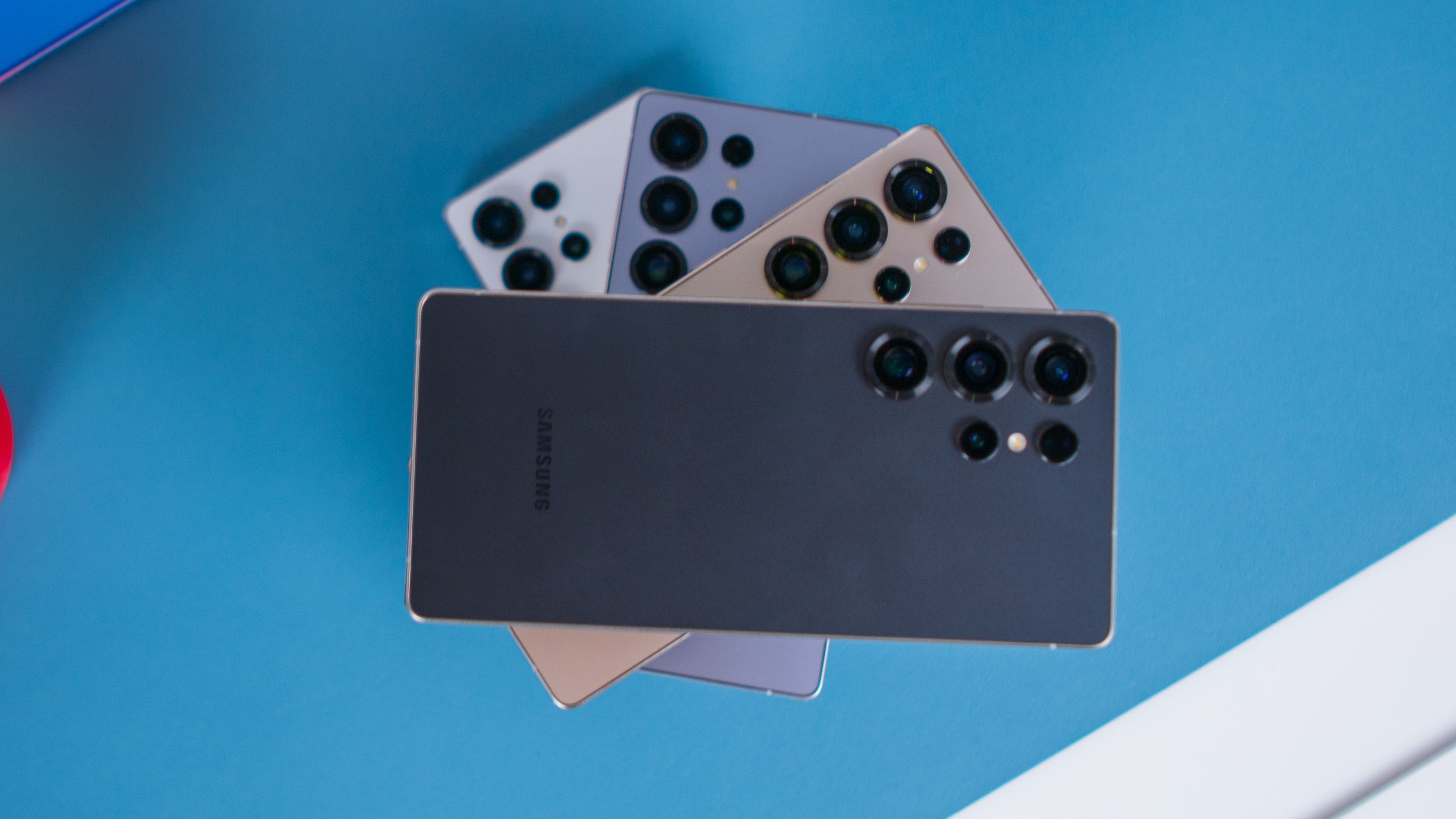Android phone vs. handheld gaming console: It's not an easy decision
Let your phone do phone things and a handheld console for everything else.
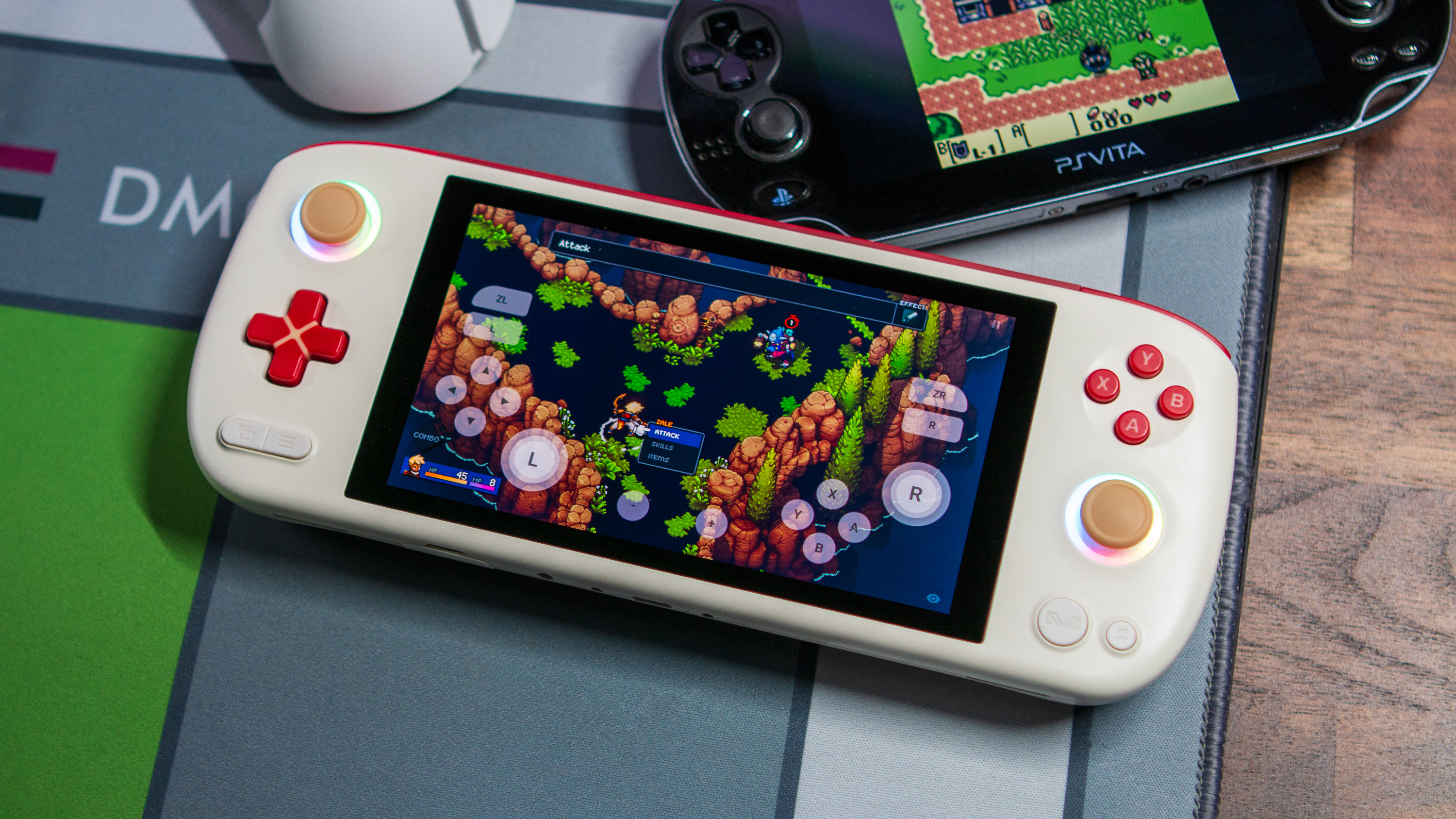

Beyond the Alphabet is a weekly column that focuses on the tech world both inside and out of the confines of Mountain View.
With the rise in popularity of gaming handhelds, you might be wondering as to which is better between your Android phone vs. handheld gaming consoles. There are definitely pros and cons to both, with varying considerations and concessions to make.
As someone who has been diving headfirst into the world of gaming handhelds, I've often wondered this question. If you're on the fence, I'm going to do my best to try and break it down to make your decision just a little bit easier.
Reasons to stick with your Android phone

The most obvious reason why you might want to use an Android phone for mobile gaming is that, chances are, you're reading this on one. The Play Store is full of different retro emulators, not to mention having the ability to download remakes of original classics. Frankly, it's nice being able to have a single device for everything you need, especially if you have a Samsung phone, complete with DeX.
This should also, at least in most cases, remove concerns about performance. There's a pretty good chance that the phone you have is already more performant than any of the Android-based handheld consoles out there. The only exception is the AYN Odin 2 and its Snapdragon 8 Gen 2 SoC, as the latest Snapdragon 8 Gen 3 is only now becoming more widely available.
It also helps that there are a plethora of ways to skip using the touchscreen, thanks to the bevy of available game controllers. You can either pair it with something like the 8BitDo Pro 2 or turn your phone into a Nintendo Switch with the likes of the GameSir X3. With this, you're not limited to whatever form factor the dedicated handheld has.
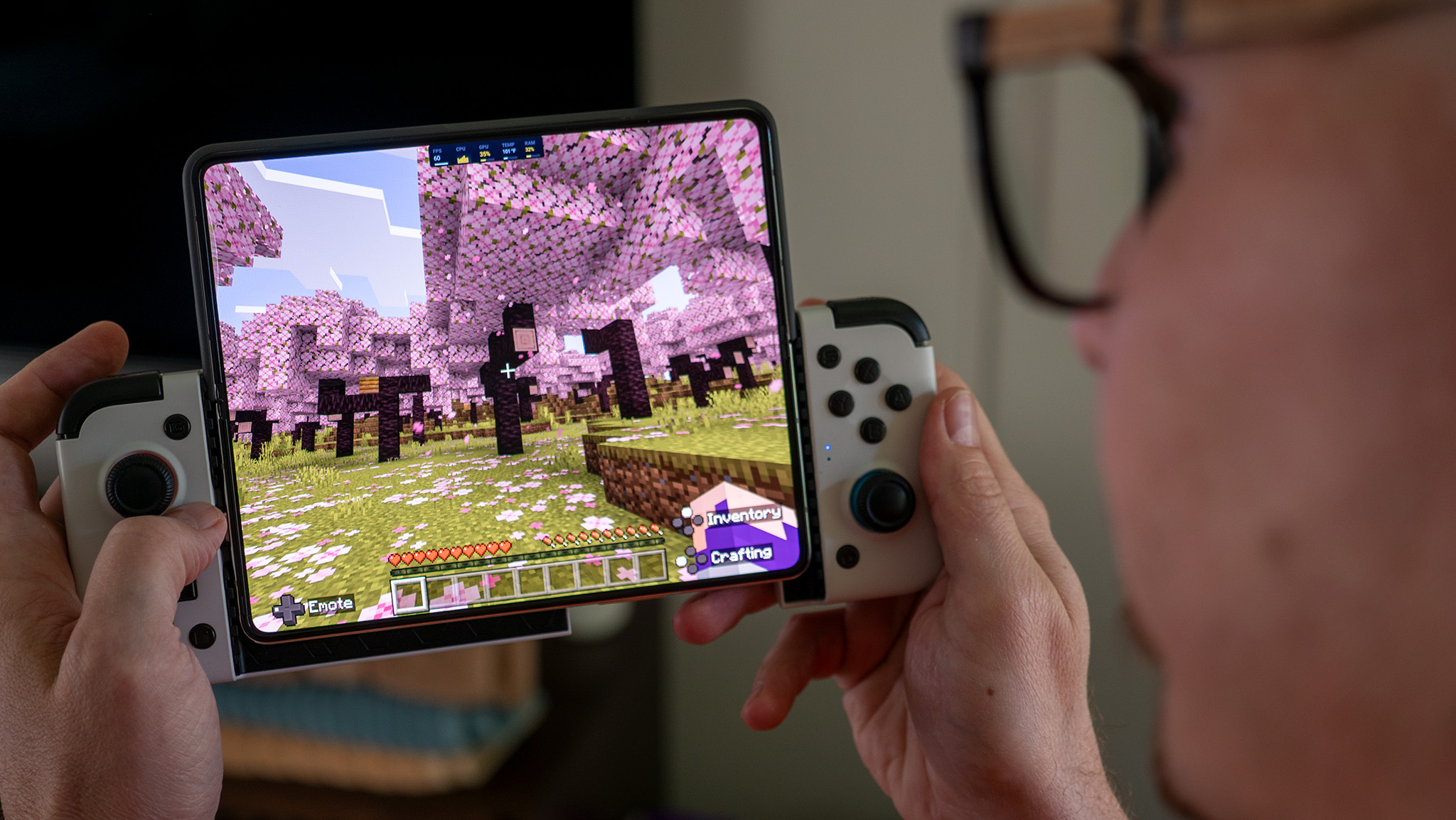
Lastly, with your phone in tow, controller or not, you can play pretty much whatever game you want from anywhere. Have a few minutes and want to fire up some Xbox Game Pass? Or maybe you're away from home and want to play some Cyberpunk with the help of GeForce Now.
You technically could do this with a handheld, provided that you're willing to use your phone as a mobile hotspot. But that will just end up draining your phone's battery, along with the handheld, and you'll need a beefy portable charger to keep them both from running out of juice.
Get the latest news from Android Central, your trusted companion in the world of Android
Why you shouldn't use your phone
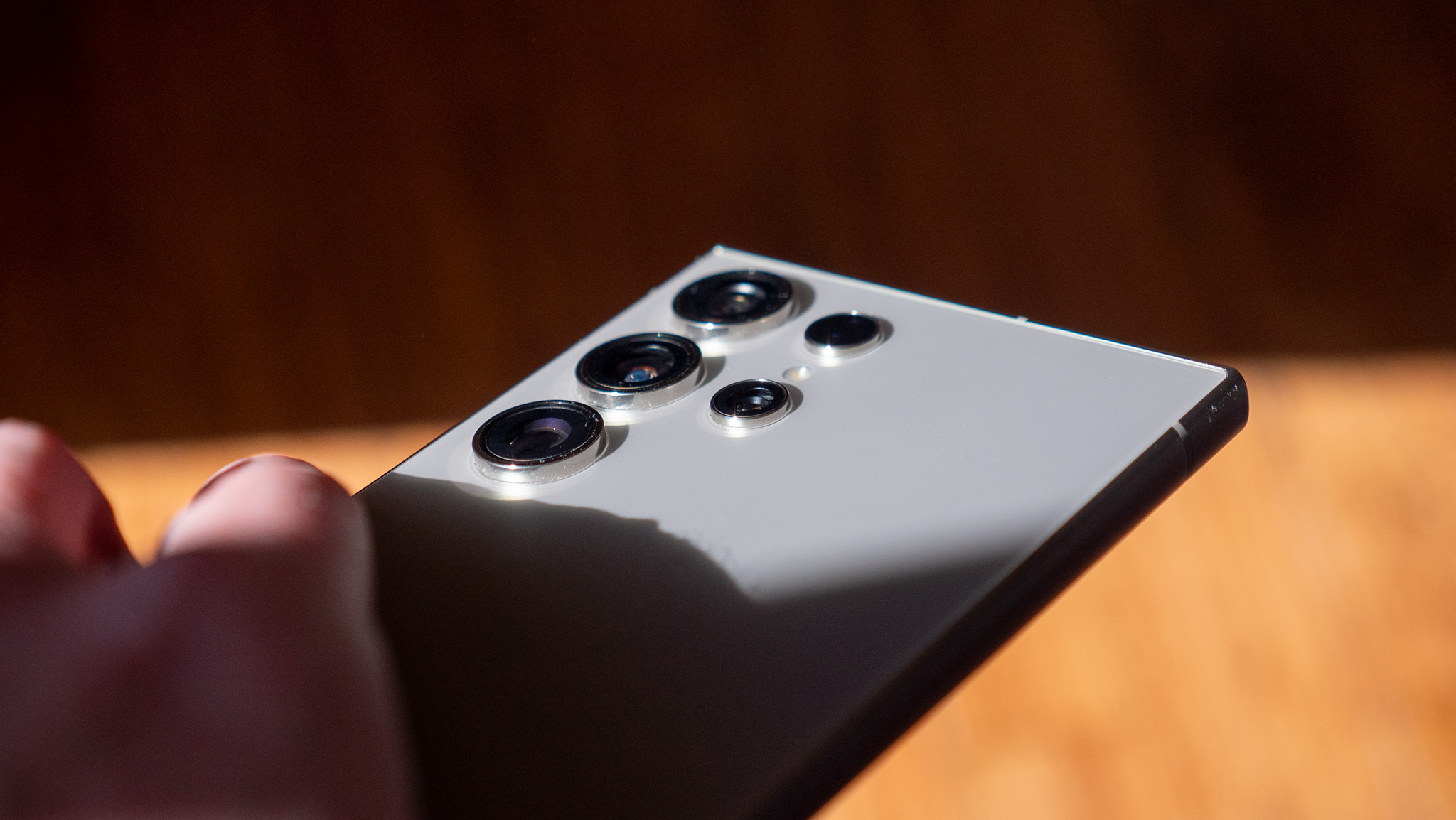
There are two big reasons that I think you should avoid using your phone, the first being that many of the best Android phones don't have expandable storage. It's still frustrating knowing that you're stuck with whatever storage option you pick when you buy the phone. Thus, you'll need to plan accordingly if you want to have your phone pull double-duty as a portable gaming handheld.
The other reason comes down to using the touchscreen, as it's fine doing so in a pinch, but not that great when it comes to longer gaming sessions. Some Android gaming phones, like the RedMagic 9 Pro, try to alleviate this with the help of digital shoulder triggers. However, that's more of an exception to the rule and not a feature you're likely to find on many other phones.
Plus, while it's great being able to throw a controller in your bag, it's just something else that you need to remember to grab. And, if you opt for a Bluetooth controller, you'll need to make sure you remember to charge it after your last gaming session away from home.
Reasons to go with a dedicated gaming Android handheld console
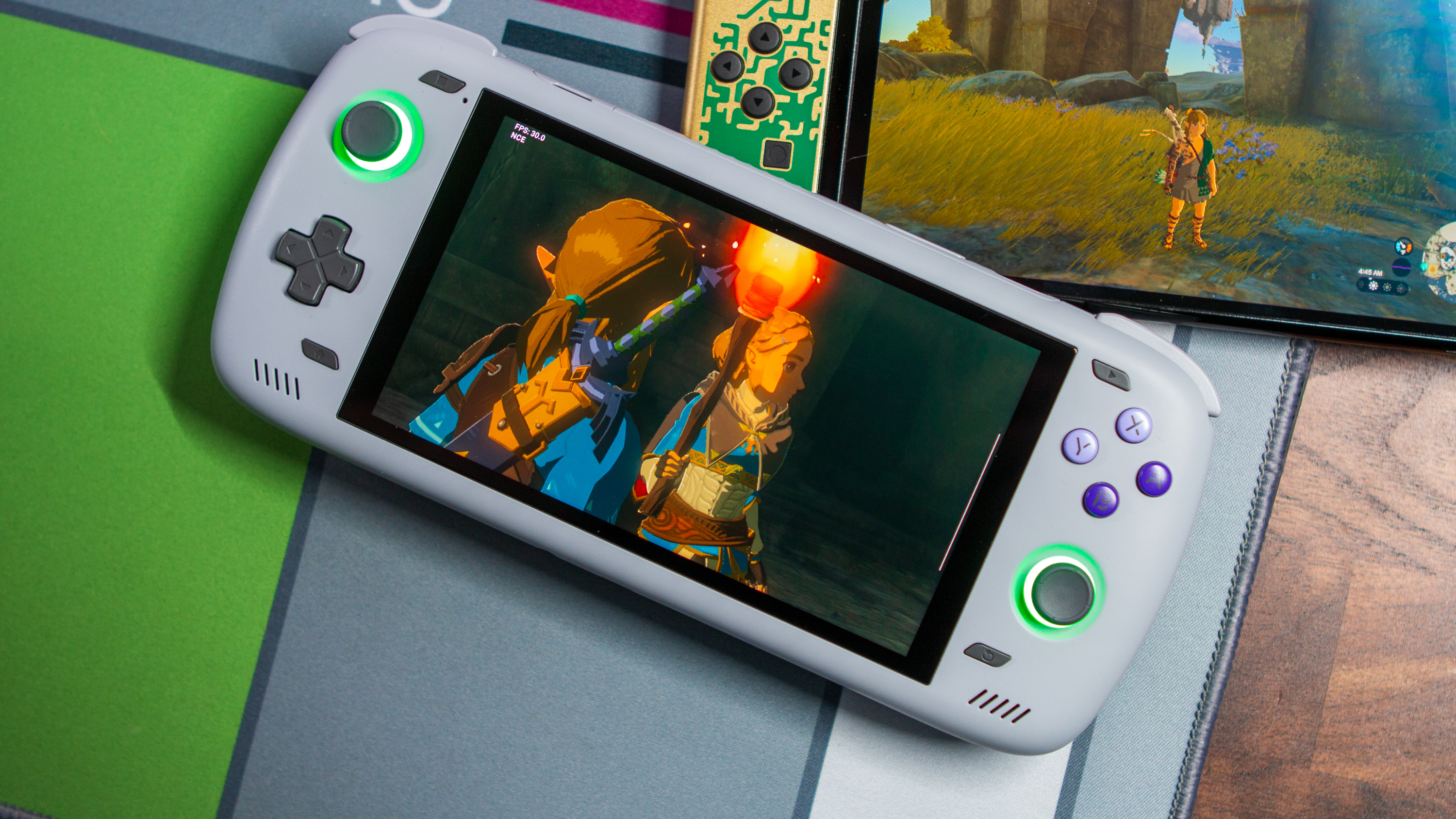
Something I've come to love about having a dedicated handheld console is that it lets me disconnect. Sure, I could install all of the same Android apps from my phone, and in some cases, I do. But I don't have to worry about notifications getting in my way, people calling me, or anything else that I would have to deal with on my phone. Yes, I understand that Do Not Disturb is a thing, but at that point, there's a pretty good chance that I'll miss something important.
Another thing that these gaming handhelds have in their favor is the inclusion of a microSD card slot. It's not like these devices ship with 8GB of storage, but being able to put my entire library of ROMs onto a microSD card and then slap it in whatever handheld I'm using offers a level of convenience you just won't find with most Android phones.
Then there's the story of ergonomics, and while it might seem better to have your pick of what controller to use, it's just not a necessity here. As the popularity of these handhelds has risen, so has the support from the community. So, if you were to grab the AYN Odin 2 or Retroid Pocket, you can get a grip attachment, whether it's direct or through Etsy. Or, you could 3D print one yourself if you're so inclined.
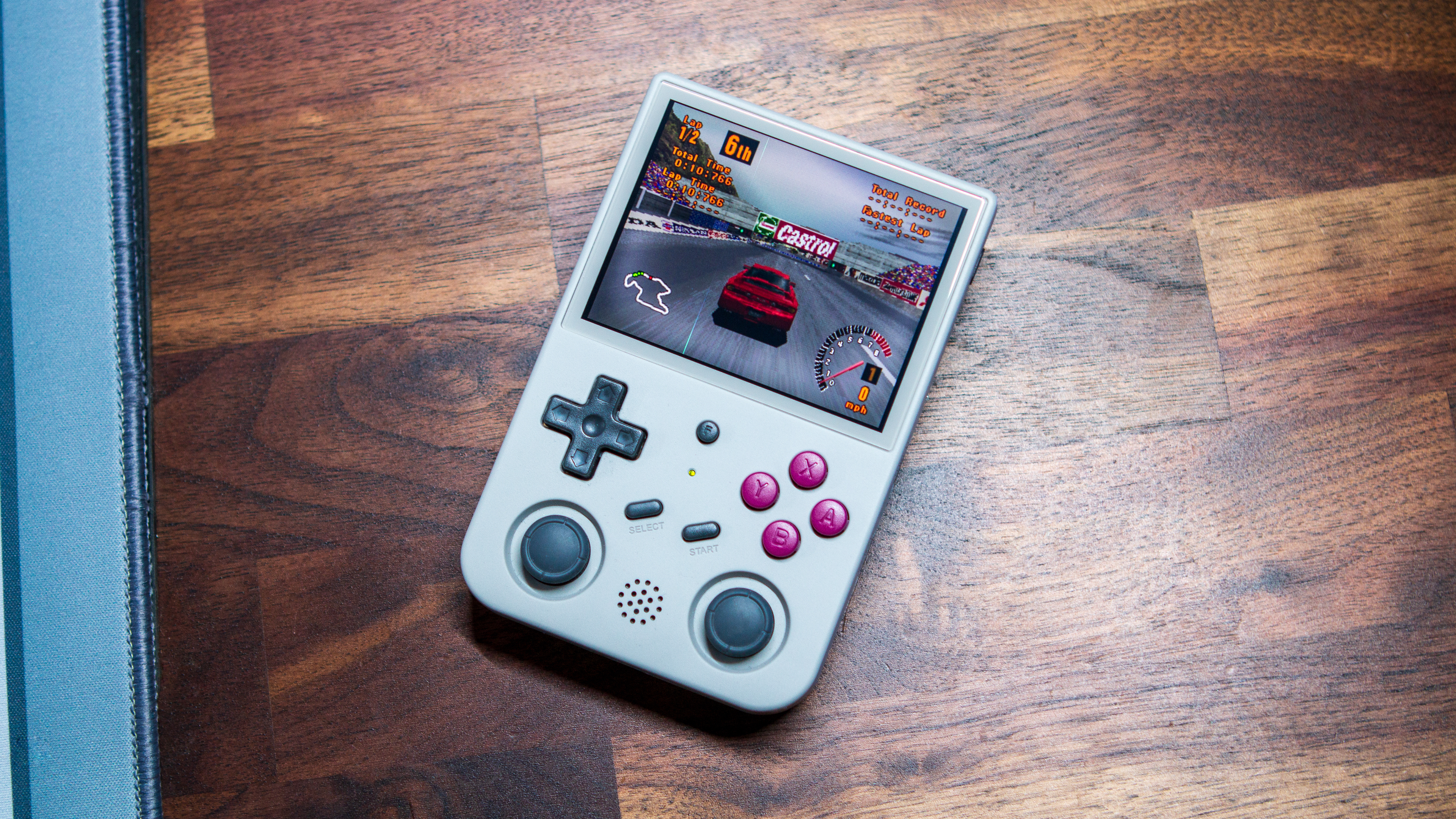
As for convenience, using your phone might seem like the better choice, as you can just take it out and play a game while you're in line. But having a dedicated handheld means that you won't have to worry about saving or losing your progress when it's your turn in line or if you need to quickly switch over to a different app.
In the same vein as convenience and ergonomics, a dedicated handheld removes the need to worry about mapping controls. Many of the best Android games already feature controller support, and a handheld provides one natively. In many cases, you also can map on-screen controls to a physical button without needing to switch back and forth between different apps.
Last but certainly not least, there's a nostalgia factor to consider. Imagine being able to re-live your childhood with a modern Game Boy like the RG353V, with a vibrant screen and dual thumb sticks. And if you go outside the world of Android handhelds, there's a flourishing market of Linux-based options that are even smaller and more pocketable. So, while it's awesome being able to have so much power in a device like our phone, sometimes, the nostalgia is just too good to pass up.
Why you shouldn't grab a handheld console
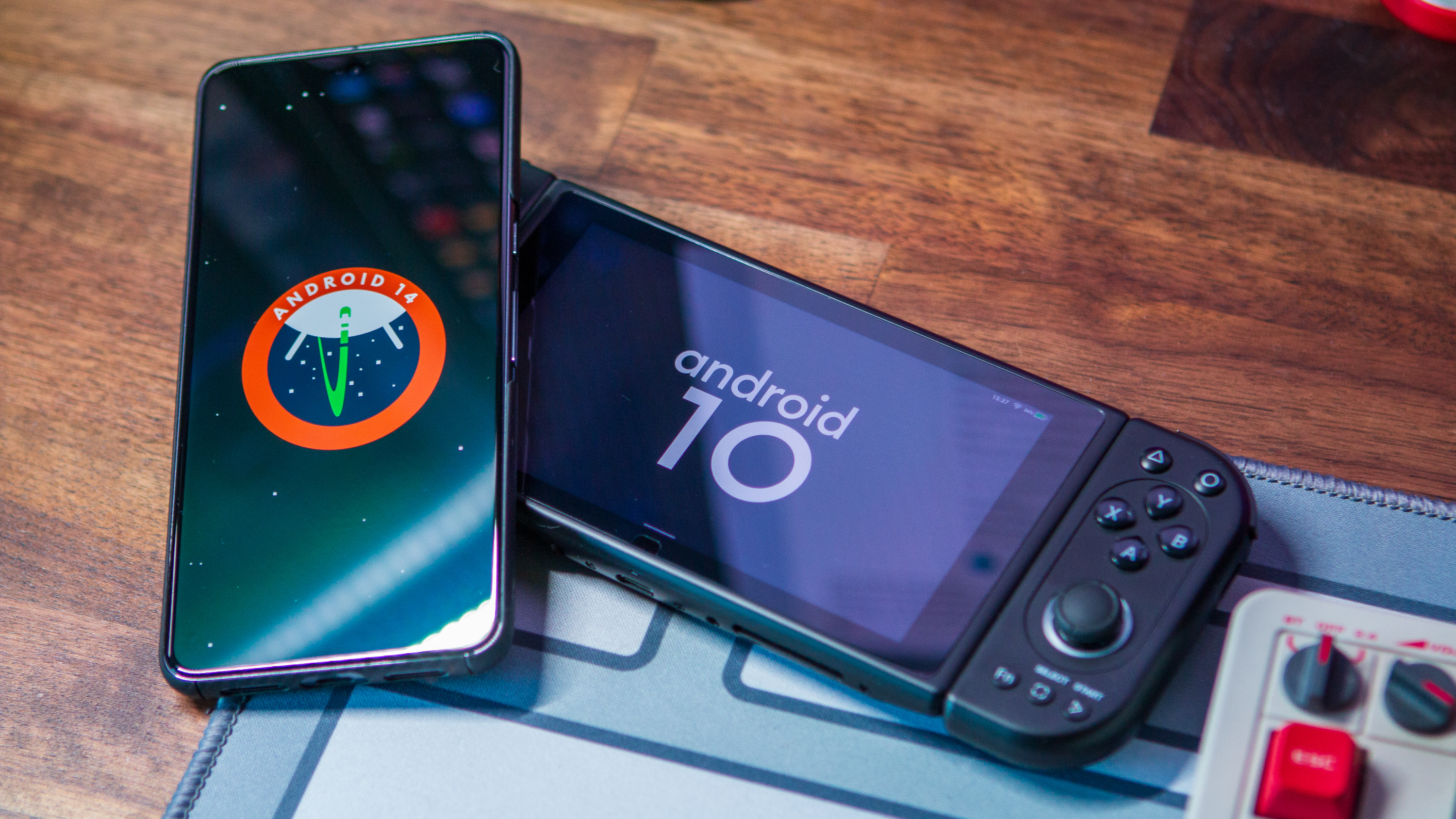
As I alluded to before, with a few exceptions, you're not likely to find a handheld with as much power as your phone. Even the AYN Odin 2 has since been usurped by the Galaxy S24 Ultra and OnePlus 12 now that the Snapdragon 8 Gen 3 is available. The vast majority of Android handhelds either run processors that are vastly outdated or don't have enough "oomph" to play what you want.
Another consideration to make is the software, even if it's running Android. One example of a potential frustration is what we saw with the Pimax Portal, as it's running a custom version of Android 10. Because of this, paired with the limitations of the Yuzu emulator, I couldn't play Switch games until a modified version of the app was released.
Even if you wanted to take a trip down memory lane with the RG353V, the Play Store isn't immediately accessible out of the box. Instead, you'll need to take some time to tinker with the software to get everything working. Is it worth it in the long run? Definitely. But it kind of takes away from the allure of a "pick up and play" device.
Is there a "right" or "wrong" choice?
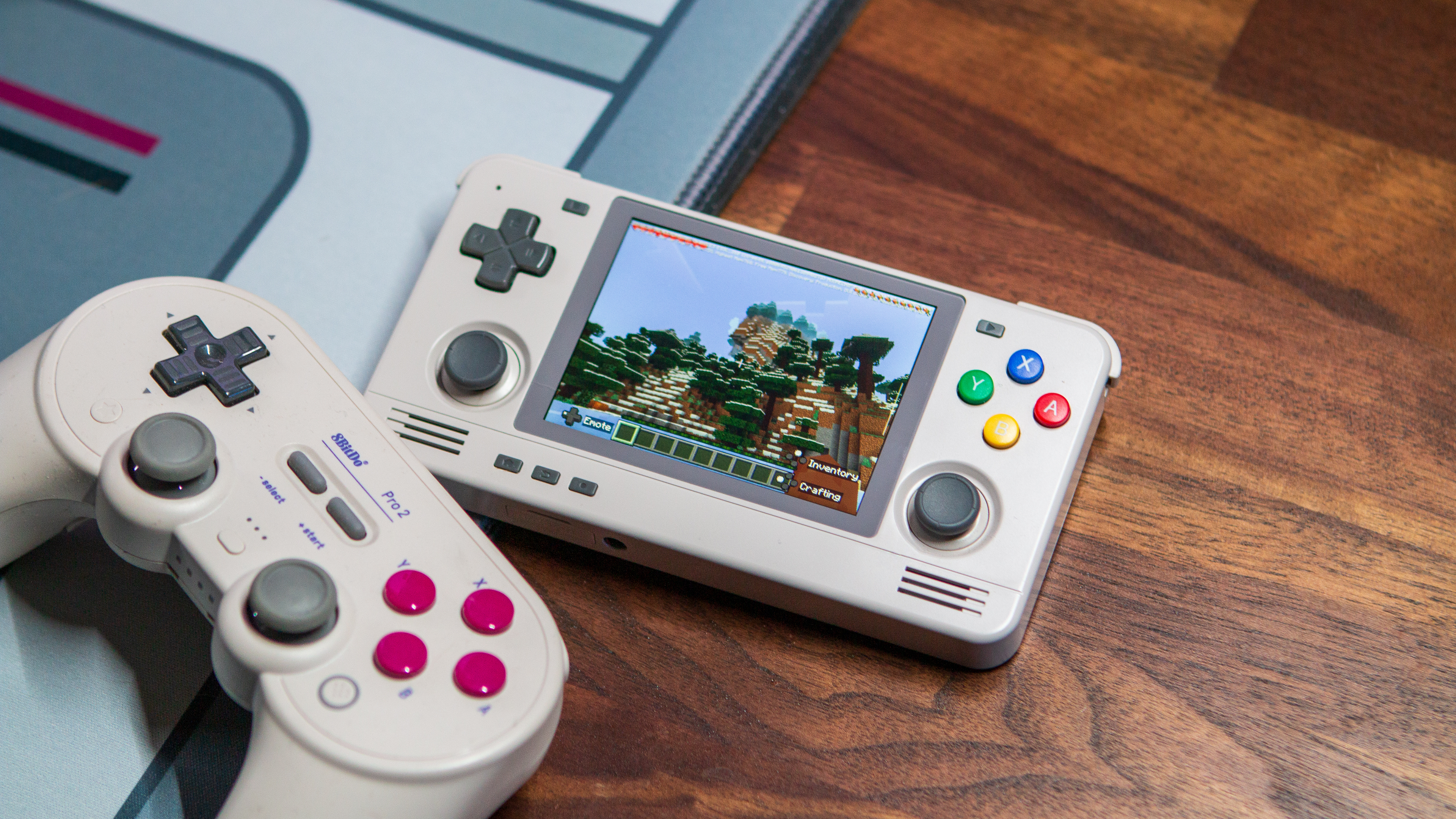
I'm not going to sit here and tell you that you need a dedicated handheld console for gaming. It might not be in the budget, or there might be too many compromises that you're not willing to concede.
So, no, there's no wrong decision here, as the power of Android gives us the flexibility to transform pretty much any device into a handheld console. It's just a matter of working within the confines of the phone you have, whether it's not powerful enough or making sure you keep your storage nice and tidy.

Andrew Myrick is a Senior Editor at Android Central. He enjoys everything to do with technology, including tablets, smartphones, and everything in between. Perhaps his favorite past-time is collecting different headphones, even if they all end up in the same drawer.
